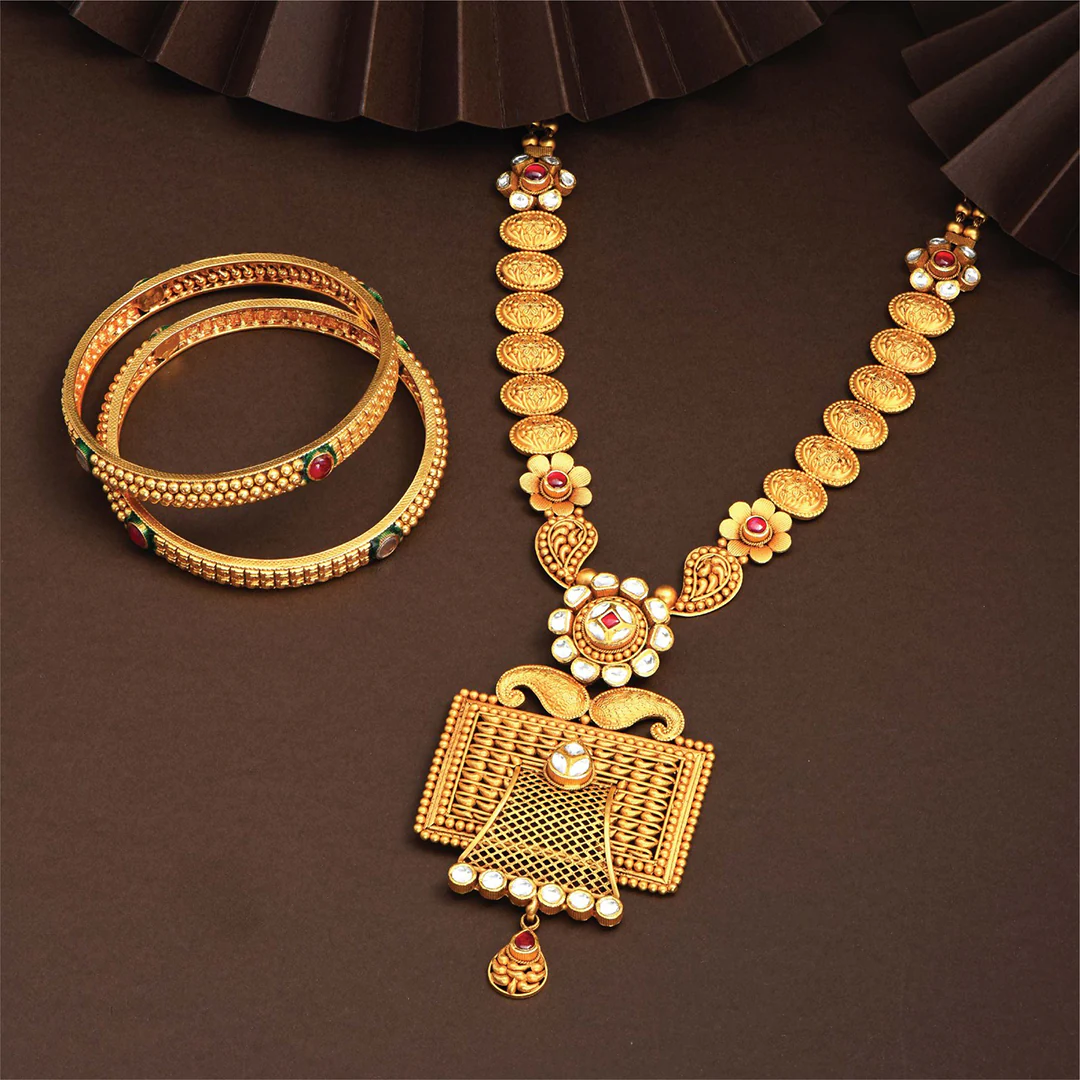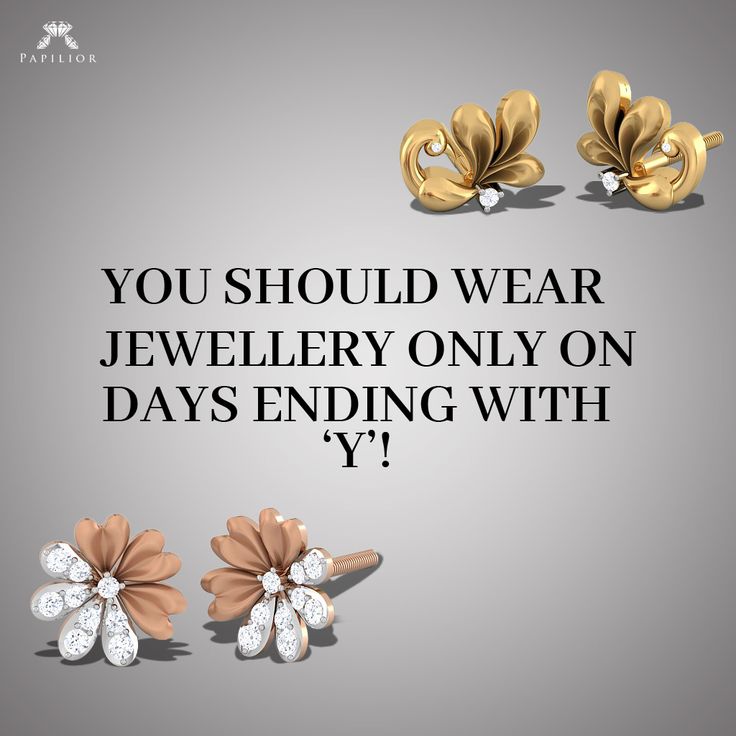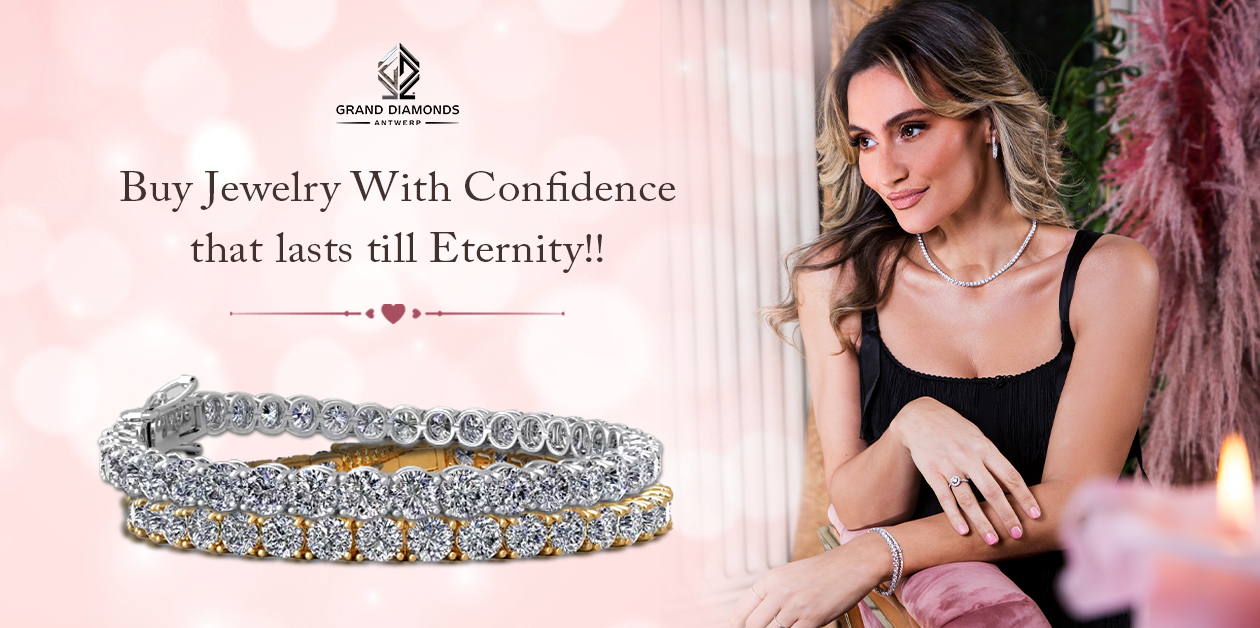Buy diamond jewellery and step into a world where elegance meets artistry, offering shimmering pieces that tell stories of timeless beauty and personal expression. Whether you are searching for the perfect engagement ring, a memorable gift, or a treat for yourself, diamond jewellery has a way of capturing moments and making them unforgettable.
Diamonds have fascinated cultures for centuries, symbolizing love, strength, and prestige. From their dazzling settings in rings, necklaces, bracelets, and earrings to their significance in various traditions, diamond jewellery is both a statement and an investment. Learning about their quality, styles, and ethical sourcing ensures that your purchase reflects your unique taste and values.
Understanding Diamond Jewellery: Buy Diamond Jewellery
Diamonds have captivated people for centuries, universally recognized as symbols of luxury, commitment, and elegance. Diamond jewellery encompasses more than just sparkling gemstones—it represents heritage, artistry, and personal milestones. Whether chosen for engagement, celebration, or simply as an investment, understanding diamond jewellery helps buyers make informed and meaningful selections.
Essential Characteristics of Diamond Jewellery

Diamond jewellery is defined by the inclusion of natural or lab-grown diamonds set in various precious metals such as gold, platinum, or silver. Diamonds are prized for their brilliance, hardness, and rarity, making them ideal as centerpieces in fine jewellery. The craftsmanship behind diamond jewellery involves precise cutting, durable setting techniques, and thoughtful design to highlight each diamond’s unique properties.
History and Cultural Significance
Across civilizations, diamonds have been revered as symbols of power, love, and prosperity. In ancient India, diamonds were believed to bring strength and protection, while European royalty adorned themselves with diamond-studded crowns as emblems of authority. Today, diamond rings mark engagements, weddings, anniversaries, and significant personal achievements, embedding them deeply in modern culture.
“Diamonds are forever.” – De Beers Slogan
“Big girls need big diamonds.” – Elizabeth Taylor
Diamond Setting Techniques in Jewellery Types
The way diamonds are set can dramatically affect their appearance and security in a piece. Rings often feature prong or bezel settings to showcase single stones, while necklaces and bracelets may use pavé or channel settings for multiple diamonds. Earrings range from classic solitaires to intricate halo or cluster arrangements, each designed to maximize sparkle and suit different tastes.
Types of Diamond Jewellery
Diamond jewellery comes in a remarkable array of forms, each suited for different occasions and personal preferences. From timeless classics to bold modern creations, the type and style of diamond jewellery you choose can reflect your individuality and mark life’s most memorable moments.
Overview of Diamond Jewellery Forms
Below is a table summarizing popular types of diamond jewellery, outlining their features, suitable occasions, and trending styles:
| Type | Common Features | Occasions | Popular Styles |
|---|---|---|---|
| Rings | Solitaire, halo, vintage, pavé bands | Engagements, weddings, anniversaries | Round brilliant, princess cut, cushion |
| Necklaces | Pendants, tennis, station, graduated | Birthdays, milestones, formal events | Solitaire pendants, bar necklaces |
| Bracelets | Tennis, bangle, charm, cuff | Gifts, achievements, anniversaries | Single line, multi-stone, designer motifs |
| Earrings | Studs, hoops, drops, chandeliers | Everyday, parties, weddings | Round studs, halo drops, cluster hoops |
Classic vs. Modern Diamond Jewellery Designs
Classic diamond jewellery emphasizes simplicity, symmetry, and timeless elegance—think solitaire rings or simple diamond studs. Modern designs, on the other hand, may feature geometric shapes, asymmetric arrangements, and colored metals, appealing to those who prefer a contemporary look.
Impact of Diamond Shapes on Jewellery Appearance
The shape of a diamond significantly influences the overall style and character of a piece. Round and princess cuts are considered versatile and classic, while pear, oval, emerald, and marquise shapes can lend a unique, eye-catching effect. The choice of shape can be a reflection of personality and fashion sensibility.
Single-Stone vs. Multi-Stone Diamond Jewellery
Single-stone pieces, such as solitaire rings or pendant necklaces, offer understated elegance and focus attention on the quality of one diamond. Multi-stone designs, like halo rings or tennis bracelets, create a sense of opulence and can maximize visual impact without requiring a large center stone. Both styles hold distinct appeal and value, depending on personal preferences and intended use.
Evaluating Diamond Quality
Selecting the right diamond jewellery relies on understanding industry standards for quality. Diamonds are graded using precise criteria to ensure transparency and confidence for buyers. Knowing how to interpret these details helps in making a wise investment and acquiring a piece that will be treasured for generations.
The Four Cs: Cut, Color, Clarity, and Carat
Diamonds are assessed by four primary factors:
- Cut: Determines how well a diamond reflects light, directly impacting its brilliance and sparkle.
- Color: Refers to the presence or absence of color in white diamonds, graded from D (colorless) to Z (noticeable color).
- Clarity: Measures the number, size, and placement of internal or external flaws (inclusions and blemishes).
- Carat: Indicates the weight of the diamond, which influences its size and, ultimately, its value.
Methods for Assessing Diamond Quality
Before making a purchase, follow these steps to evaluate diamond quality:
- Request a grading report from a reputable gemological institute such as GIA or AGS.
- Examine the diamond under proper lighting and magnification to inspect cut, color, and clarity.
- Confirm the carat weight and compare it with similar stones for pricing.
- Check for any visible inclusions or imperfections.
- Verify that the diamond’s measurements match those listed on its certificate.
Diamond Grading Scales
Below is a summary table of grading scales used for each “C”:
| Criteria | Grading Scale | Meaning for Buyers |
|---|---|---|
| Cut | Excellent, Very Good, Good, Fair, Poor | Higher grades offer more brilliance and visual appeal |
| Color | D (colorless) – Z (light yellow/brown) | Colorless diamonds are rarer and more valuable |
| Clarity | FL (Flawless), IF, VVS, VS, SI, I | Fewer inclusions mean higher clarity and value |
| Carat | Measured in carats (1 carat = 0.2 grams) | Higher carat increases size and price exponentially |
Diamond Certification and Authenticity
Certified diamonds have been evaluated by independent laboratories, providing assurance of their quality and authenticity. Leading certifications come from organizations like GIA, IGI, and AGS, detailing all relevant characteristics and ensuring buyers know exactly what they are purchasing. Always insist on certified diamonds, especially for significant purchases.
How to Choose the Right Diamond Jewellery
Purchasing diamond jewellery is a highly personal experience, influenced by factors like style, budget, and the significance of the occasion. Making thoughtful choices ensures that each piece holds lasting meaning and matches the intended wearer’s preferences.
Factors to Consider: Style, Budget, and Occasion
Start by narrowing down your options based on who will wear the jewellery, their lifestyle, and personal taste. Consider how the piece will be worn—daily or on special occasions—and set a realistic budget that aligns with desired diamond quality and design.
Gift Selection Guide for Diamond Jewellery
When gifting diamond jewellery, thoughtful consideration goes a long way. Key tips include:
- Identify the recipient’s preferred metal and diamond shapes.
- Choose classic designs for versatility or opt for trendier styles if they enjoy fashion-forward looks.
- Ensure sizing is correct, especially for rings and bracelets.
- Select pieces that mark significant events, such as birthdays, anniversaries, or achievements.
- Include a personal engraving or custom element for added sentiment.
Customization and Bespoke Options
Many jewellers offer customization, allowing you to select diamond shapes, settings, and metal types, or to engrave meaningful messages. Bespoke services can turn your vision into a one-of-a-kind heirloom, providing the freedom to match specific designs to unique personalities.
Common Mistakes to Avoid
To ensure satisfaction, steer clear of these frequent pitfalls:
- Overlooking diamond certification or provenance
- Focusing on carat size alone rather than overall quality
- Neglecting to account for lifestyle and daily wear
- Not comparing prices and warranties from multiple retailers
- Failing to understand return and exchange policies
Online vs. In-Store Purchasing
Choosing between online and in-store shopping can significantly impact your diamond jewellery buying experience. Both methods offer unique advantages and challenges, so understanding these differences is essential for a secure and satisfying purchase.
Comparison of Online and In-Store Buying Experiences
Here is a side-by-side comparison of the two buying methods:
| Source | Advantages | Disadvantages | Recommendations |
|---|---|---|---|
| Online | Wide selection, competitive pricing, convenience, access to global retailers | No physical inspection before purchase, risk of scams, variable return policies | Shop from reputable sites, verify certifications, read customer reviews |
| In-Store | Hands-on inspection, personalized service, immediate possession, secure transactions | Higher prices, limited inventory, sometimes pressured sales environment | Visit established jewellers, compare with online offers, ask detailed questions |
Precautions for Safe Online Purchases
To minimize risk, always buy from established online jewellers with transparent return, warranty, and certification policies. Use secure payment methods and confirm that the website uses encryption (https). Verify that the images and descriptions match the certification reports provided.
Key Questions for Jewellery Store Visits
When shopping in person, prepare these essential questions:
- Is the diamond certified by a reputable lab?
- What is included in the warranty and after-sales service?
- Can I see the diamond under magnification?
- Are resizing and maintenance services available?
- What is the store’s return and exchange policy?
Differences in Return Policies and Warranties

Online retailers often have flexible, time-bound return policies, but may charge restocking fees or exclude customized pieces. In-store purchases usually offer direct assistance for returns, exchanges, and repairs, though policies can vary by retailer. Always review terms carefully before finalizing any purchase.
Budgeting and Financing Options
Diamond jewellery is available at a wide range of price points, catering to different financial situations. Careful budgeting and understanding available financing options ensures buyers get the most value for their investment.
Pricing Trends and Affordability Factors, Buy diamond jewellery
The price of diamond jewellery depends on factors such as diamond quality, size, craftsmanship, and current market conditions. Seasonal promotions and fluctuations in raw material costs can also impact prices, offering opportunities for savvy buyers to find value.
Diamond Jewellery Price Ranges
Here’s a table showing typical price ranges for common diamond jewellery pieces (as of 2024; actual prices vary based on market and specifics):
| Type | Entry-Level | Mid-Range | Luxury |
|---|---|---|---|
| Rings | $500 – $2,000 | $2,000 – $10,000 | $10,000+ |
| Necklaces | $300 – $1,500 | $1,500 – $8,000 | $8,000+ |
| Bracelets | $400 – $2,500 | $2,500 – $12,000 | $12,000+ |
| Earrings | $250 – $1,200 | $1,200 – $5,000 | $5,000+ |
Financing and Layaway Plans
Many jewellers provide financing options, allowing you to pay in installments or use layaway plans to reserve a piece until it’s paid off. Interest rates and terms vary, so it’s important to read the fine print and ensure the plan fits your budget.
Maximizing Value on a Budget
To get the most out of your investment:
- Prioritize cut quality over carat size for better brilliance.
- Consider near-colorless diamonds (G-H) for excellent value.
- Opt for slightly lower clarity grades if inclusions are not visible to the naked eye.
- Shop during sales or promotions for additional savings.
- Buy from certified retailers to avoid overpaying for subpar stones.
Care and Maintenance of Diamond Jewellery
Proper care ensures that diamond jewellery retains its brilliance and value for years to come. Routine maintenance and safe storage are essential practices for any diamond owner.
Effective Cleaning and Storage Methods
To clean diamond jewellery, use a gentle solution of warm water and mild dish soap. Soak the jewellery for a few minutes, then use a soft brush to remove any residue. Rinse thoroughly and dry with a lint-free cloth. Store each piece in a separate compartment or soft pouch to prevent scratches and tangling.
Tips for Prolonging the Sparkle
Avoid exposing diamond jewellery to harsh chemicals, extreme temperatures, or abrasive surfaces. Remove rings and bracelets before engaging in activities that could cause physical impact or substance buildup, such as gardening, sports, or cleaning.
Repairs and Professional Services

Annual check-ups by a professional jeweller can help detect loose settings or signs of wear early. Expert services include cleaning, re-polishing, prong re-tipping, and resizing, all of which extend the life and safety of your jewellery.
Routine Care Checklist
Here’s a simple checklist to keep your diamond jewellery in top condition:
- Clean regularly using approved solutions
- Inspect settings and clasps frequently for security
- Store pieces separately in soft-lined boxes or pouches
- Schedule annual professional maintenance
- Avoid contact with harsh chemicals and abrasive materials
Ethical and Sustainable Choices
The diamond industry has made significant strides in addressing ethical and environmental concerns. Buyers now have more options to support responsible sourcing and reduce their environmental footprint while enjoying beautiful diamond jewellery.
Significance of Conflict-Free and Ethically Sourced Diamonds
Ethically sourced diamonds are mined and traded in ways that do not finance violence or exploit communities. Conflict-free diamonds, as defined by the Kimberley Process, are tracked from mine to market to prevent the sale of “blood diamonds” that contribute to conflict or human rights abuses.
Certifications and Standards for Ethical Sourcing
Major organizations provide certification for ethical diamonds, such as the Kimberley Process Certification Scheme (KPCS), Responsible Jewellery Council (RJC), and Fairmined standards. These ensure transparency, fair labor practices, and environmentally responsible mining.
Alternative Options: Lab-Grown and Recycled Diamonds
Lab-grown diamonds offer the same chemical and physical properties as natural diamonds, but are created in controlled laboratory environments, reducing environmental impact. Recycled diamonds and settings—repurposed from vintage or pre-owned pieces—also minimize resource depletion and contribute to sustainability.
Environmental Impact: Mining vs. Lab-Created Diamonds
Traditional diamond mining can cause habitat destruction, water pollution, and carbon emissions. In contrast, lab-created diamonds use less water and energy, generate fewer carbon emissions, and eliminate the need for large-scale excavation. Choosing lab-grown or recycled diamonds represents a conscious effort to support environmental responsibility.
Final Thoughts
Choosing to buy diamond jewellery is more than selecting a stunning accessory—it’s about celebrating life’s milestones, expressing individual style, and investing in something with lasting value. With a deeper knowledge of diamond types, quality, and responsible sourcing, you can confidently find the perfect piece to treasure today and for years to come.
FAQ Corner
How do I know if a diamond is real?
The best way to verify a diamond’s authenticity is by checking for certification from a reputable gemological lab, such as GIA or AGS, and consulting a trusted jeweller for a professional assessment.
What is the resale value of diamond jewellery?
Diamond jewellery can retain value over time, but resale prices depend on diamond quality, market demand, and condition. Certified diamonds typically have higher resale potential.
Can I customize diamond jewellery designs?
Yes, many jewellers offer customization options, allowing you to select diamond shapes, settings, metals, and personal engravings for a bespoke piece.
How should I store diamond jewellery safely?
Store your diamond jewellery in a soft-lined box or pouch, separated from other pieces to avoid scratching, and keep it away from harsh chemicals and direct sunlight.
Are lab-grown diamonds as durable as natural diamonds?
Lab-grown diamonds have the same chemical and physical properties as natural diamonds and are equally durable and suitable for all types of jewellery.
